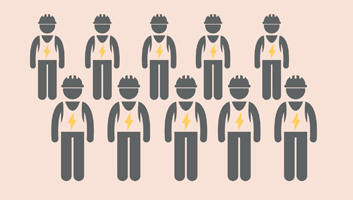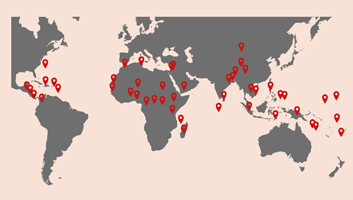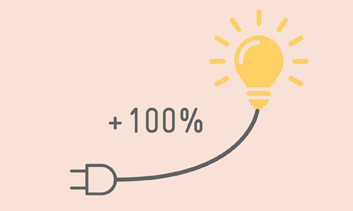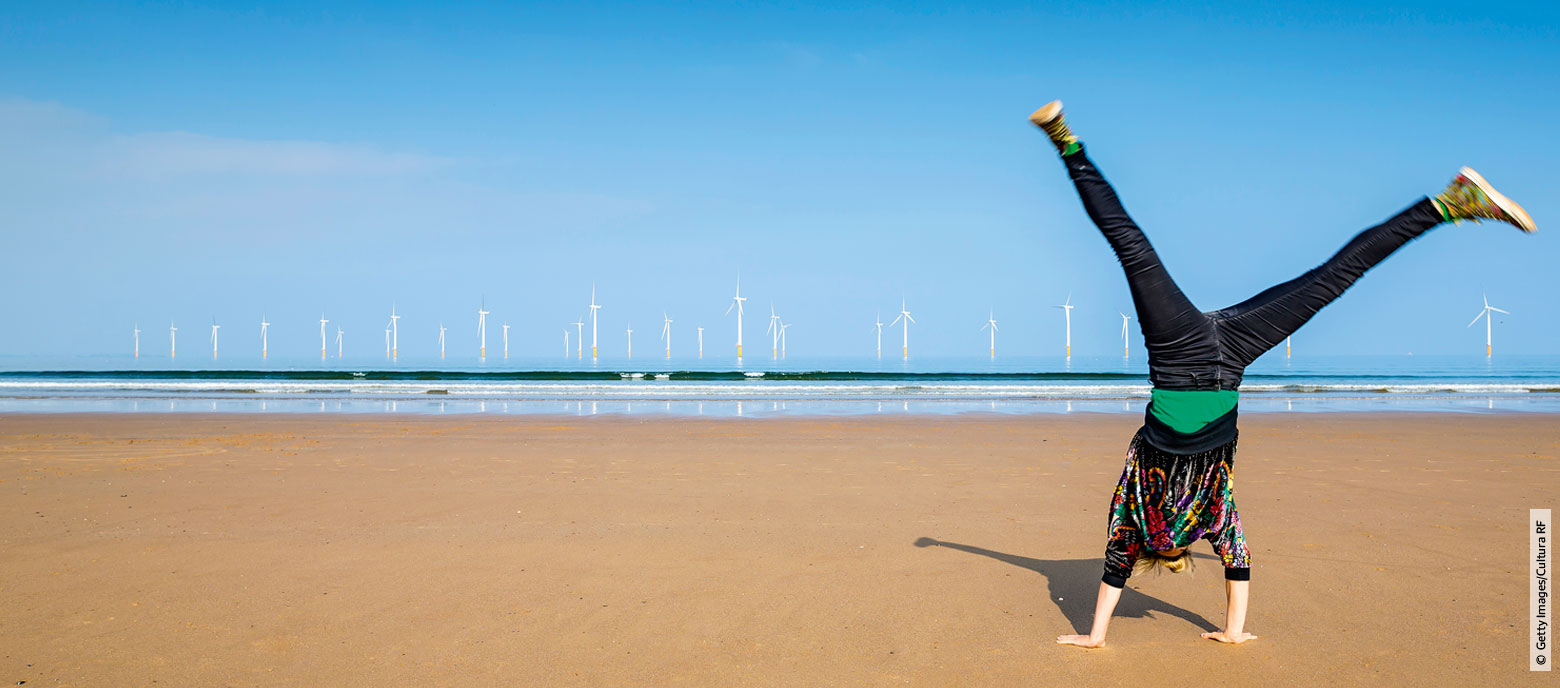Infographic: Clean energy
Radiating appeal
Renewable energy will be well-established by 2040, largely because environmental disasters will speed up the transformation of our energy systems. Germany will hold on to its lead in the renewable energy sector but will face strong competition from China. These are some of the key findings of the ‘Delphi Energy Future 2040’ study, which surveyed 350 experts worldwide. The study is a joint endeavour by GIZ, PricewaterhouseCoopers (PwC) and the German Association of Energy and Water Industries (BDEW).
Energy mix in transition

What does today’s energy mix look like – and what kind of energy mix is projected to be in place in 2040? In addition to the energy sources listed here – hydro, solar and wind power – geothermal and biomass will have a role to play in a clean energy mix, albeit to a lesser extent.
More jobs

Worldwide, more than 9.8 million people, including 3.6 million in China alone, are employed in the renewable energy sector – an increase of 40 per cent since 2012.
Clear target

48 developing countries have pledged to meet 100 per cent of their energy needs from low-carbon sources by 2050.
Growing demand

Global energy demand is predicted to double by 2040 compared with 2015, according to GIZ’s Delphi study – partly because around one billion people have yet to gain access to modern energy services.
Green dividend

A switch to low-carbon technologies would generate additional economic growth of 2.8 per cent for the G20 countries by 2050.
Extended range

The Delphi study predicts that electric vehicles will have a range of around 3,000 km by 2040 – compared with a maximum of 600 km today. Running on RES electricity, they will transform mobility.
Yawning gaps

China is the world’s largest CO2 producer, followed by the USA. Looking at per capita emissions, however, a very different picture emerges.
Sources: GIZ (Delphi study), International Energy Agency (IEA), International Renewable Energy Agency (IRENA), The Independent, Renewable Energy Policy Network for the 21st Century (REN21), World Bank
published in akzente 3/17
A rising star
Clean energy
“Unprecedented Support”
Clean Energy - Interview
A bright future for renewables
Guest article: Clean energy



